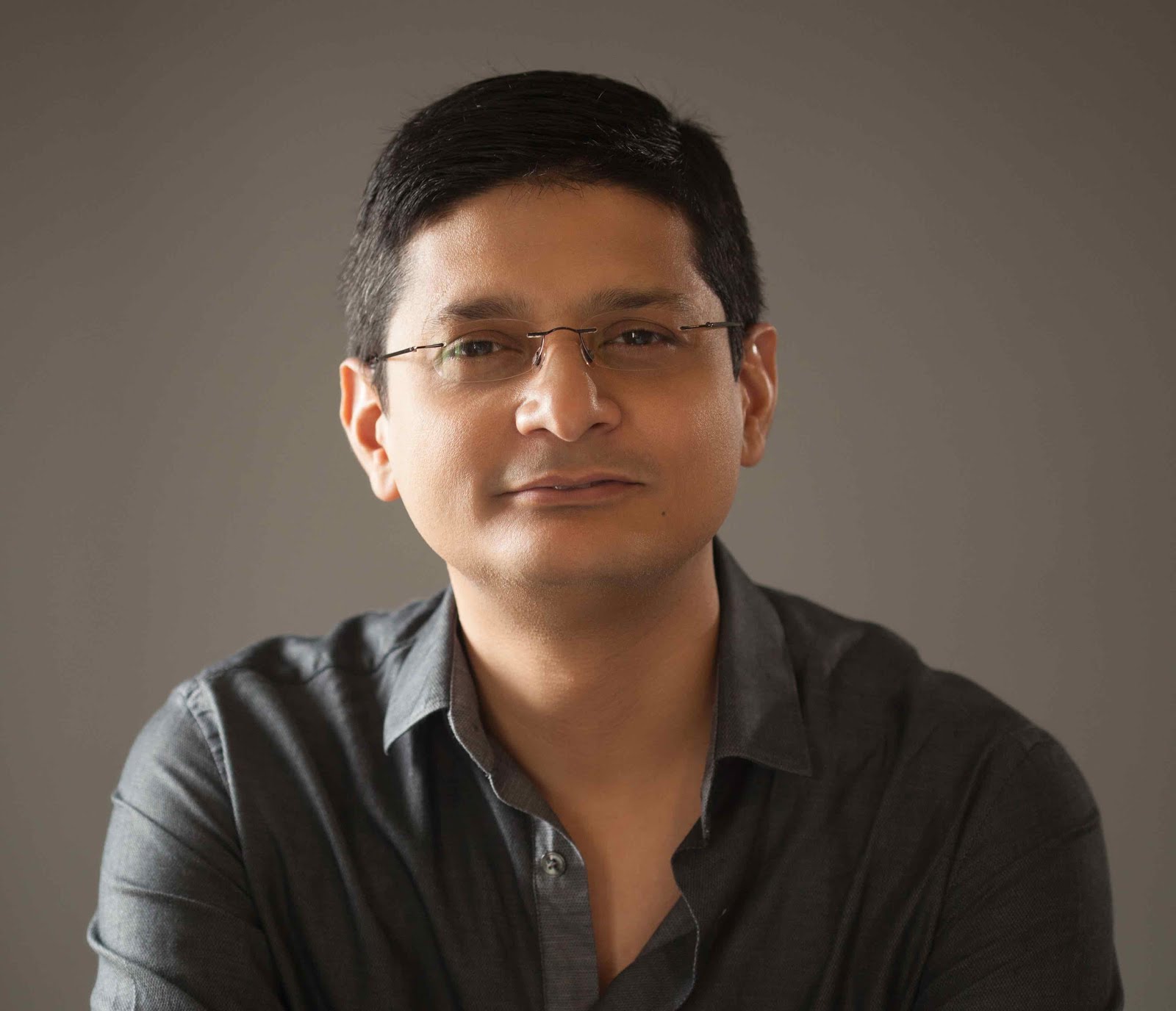Today we pay a fixed amount every month to the local cable operator. These are called the monthly cable charges.
Enter Conditional Access System (CAS) and we would not be paying this way. We’d be paying only for the channels that we choose to subscribe to. Thus the monthly bill would be a sum total of the number of channels that we choose to subscribe multiplied by the subscription charge per channel. This is great!
Thank you TRAI (Telecom Regulatory Authority of India)!
I was discussing this with Rohit (my elder brother), who has nothing to do with marketing or the business of broadcasting. Rohit gave me a brilliant idea, which I do not think has been done anywhere in the world of broadcasting.
He said that
ideally our monthly cable charges should come in the form of an itemized bill. Just the way we get our mobile phone bills today.
In other words we should only be paying for the duration that we actually watch cable TV.
He called it Hi Fidelity, I could not agree more.
Rohit’s simple idea made me wonder how much we as marketers, advertisers & business people can learn from some leading edge consumers. How I wish we were researching more among people like him.
Rohit’s idea also got me thinking that if we were to get itemized bills for our cable usage, who would be paying for the time that we are made to watch TV Commercials? After all we would not like to pay for watching ads! This gave me thought to take Rohit’s idea forward.
What if we could develop two kinds of programming content in the future?
1. Sponsored Content: This could be the content that is more or less like the content that we consume today. It has commercial messages interspersed with programming content. Presence of advertising on these channels would subsidize the subscription charges for these channels.
This is almost the way advertisers have subsidized newspaper printing. We pay a minuscule amount for those book-like newspapers today, thanks to advertisers!
2. Premium content: This could be the commercial-free content and could thus be priced higher than the sponsored content
The above segregation of programming would also take care of the itemized billing where in we could have with differential pricing for different kinds of channels.
Channel content creators would be able to decide if they wanted to reach out to the Masses through the Sponsored Content or the Classes through the Premium Content Programming.In such an event what would happen to the advertising of premium products and services? What media would they be using?
Well, most of the Class consumers are anyway migrating from mainstream TV viewing to Internet and Personal Entertainment (read home theatres etc.) In such a scenario it makes more sense for marketers of premium products and services to park their marketing & communication budgets with interactive media (
http://inquiringeyes.blogspot.com/2006/09/screen-is-new-window.html) and rest could be spent on personal selling or better still in film marketing and public relations.















